Northern Ireland 01-08 March, 2025
- Lydia Padilla
- Mar 25
- 6 min read
Updated: Mar 26
I've had a tough time starting this post - partially because we've been go-go-going for the past couple of weeks all over both Northern and Republic of Ireland, then spent a week with family for a wedding but mostly because it was such a hard country to see and then put into words. TOTALLY wonderful to see, but often hard and painful to experience.
I had some headline knowledge of "The Troubles" but never knew the greater history that went into the separation of Ireland and the stories leading up to Bloody Sunday. I thought it was just a church issue, you know, a bunch of 'craziez and a cross' (Protestant England vs Catholic Ireland) but it includes SO much more and for so many centuries that the end/solution doesn't seem clear-cut. This is really simplistic, but it seems similar to the US's revolutionary struggles with England...home rule and nationalistic separatism cloaked in a religious blanket. It includes many of the stories and battlefields we just experienced in Scotland a few weeks ago, over English territory, power struggles and family alignments from centuries ago. The Imperialistic English divorced themselves from the Catholic church and took on the Protestant faith (I suspect the real story is over transaction fees on tithing, sort of like Amex vs Visa...ie which church gave the crown more money). The poor Scottish were broke and had to align with the English since they had no plentiful resources at the time. Even Mel Gibson couldn't change history for the Scots for long (again with the craziez and crosses). The Irish were historically aligned with the Catholic church and also didn't like the English because of their powdered wigs, so didn't want the English (Ulster) to rule them.
So, it came to a head in 1916 with the Easter Rising and ended up in a devastating civil war, between the IRA and the Ulster forces. The result ended up splitting up the Island, with the 6 counties to the North becoming Northern Island and the rest forming the Republic of Ireland to the south (and west, slightly), which still stands today. Northern Ireland is part of the UK, under British rule, and uses the Pound Sterling; while Republic of Ireland is autonomous but sides with the EU and uses the Euro. The lines/borders between the two countries are invisible...no border checks, no passport stamps - just a quick change of the car speedometer to miles vs KM and slightly different speed limits.
'The Troubles' never really calmed, as both of the major cities in NI (Belfast and Derry) contained large populations of both Catholic and Ulster populations that (partially) hated each other. The Catholics were largely treated as 2nd class citizens, living under British rule but wanting to reunite with their southern compatriots and unify all of Ireland. The Ulsters, who were historically comprised of British subjects relocated to Ireland to maintain British interests, wanted to remain under British rule. Again, this is very general, (and Chris' interpretations) so I am sure there are many other nuances to the struggles that I am leaving out, including myriad generational prejudices/sentiments/hatreds, etc. In the late 1960's tensions started boiling over again and, in response to British oppression, the IRA began bombing/shooting in Northern Ireland, coupled with British Army occupation forces ruling over Belfast and Derry, separating populations basically along church lines. The list of grievances told by both sides is extensive and resulted in numerous armed conflicts, leading to Bloody Sunday, Hunger Strikes from prisons, IRA Bombings, neighborhoods getting burned down and finally the peace accords in 2007. There are tons of books/papers on the history, but if you are so inclined, I liked this one for general info - https://www.nam.ac.uk/explore/troubles-1969-2007.
Any attempt to explain what we felt while touring the opposing sides' neighborhoods would be feeble. I originally pictured the divisions on a larger scale, with one suburb being Prot and one being Cath, but it's much more granular and localized. The main areas of strife were all divided by STREETS or BACKYARDS, with actual dividing fences between houses. The areas are STILL divided, with 20-40 foot fences separating some neighborhoods between the Ulster (Prot) and Unification (Cath) sides. The fence gates allow for daily free passage but some are still closed at night to limit any passage between the two areas.
We took a wonderfully managed private tour of the Troubles areas, through Black Cab Tours, which is jointly owned by a Protestant and a Catholic, so it gives local views from each side of the struggle. It seems like the divisions are getting better with time...with both sides working together professionally and the influence of the dividing churches declining, hopefully the newer generations will see less reason for hatred with each other.
The pics below are divided between sides simply to maintain context. We took more shots from the Cath/IRA side simply because there are more murals, but it wasn't meant as a slight or favoritism to one side or the other. And to be clear, ALL of the people we met (and there were many...mostly in bars, oddly enough) were open and friendly and seemed to want the strife to stay over and get along with their neighbors - even if they did have horrific stories of their experiences during the bad days. BUT, to be clear, there are still unification/IRA flags all over Ireland, so the hope to unify is still strong, albeit much more rooted in law than the molotov cocktails from 50 years ago. And for additional context, the Irish Republicans are NOTHING like the current US Republicans. The IRA/Sinn Fein sides with most worldwide social causes they see from oppressed peoples, like Gaza and Palestine, womens' and LGBT equality rights, etc. , where you will see many British Crown and pro-Israel flags on the Ulster side. The Ulsters aren't against the various social causes but simply don't paint murals everywhere, at least not that we saw.
Aside from 'the Troubles', Northern Ireland is a beautiful and picturesque country with important history and stunning seascapes (Giants' Causeway is like a 70's album cover...look up the fable on Finn McCool to understand how it was named). We toured the excelllent Titanic museum in Belfast (where the ship was built, along with most ot the other monster ships of the era. Lyd mused that the Titanic sinking brought in more revenue and historical importance than had it actually stayed afloat. And Derry, an ancient walled city where The Troubles experienced the worst atrocities, is now a delightful and easy place to wander and spend a few days...or longer.
Above all, the people of Ireland, both North and Republic, are what I enjoyed most about the visit here. You can hike and see amazing sights all day, but the pint (or four) you share with the locals at the end of the day was the special time. Many Irish have relatives in the US (immigration from the potato famine, the wars, business, etc...) so everyone knows a lot about current affairs overseas and has fun questions and opinions to share. Invariably, right now, those discussions turn to politics but they are also open to discussions about their experiences during the Troubles.
One of our favorite things about travel is meeting new friends. Throughout this trip we've been lucky enough to make new friends and meet some truly spectacular people. In Derry, we thrust ourselves upon some locals having a night out at the Wee Bar (billed as 'the Smallest Bar in Derry') and got into an hours-long conversation ranging from their experiences during the Troubles (horrific) to country music to football and then, invariably, to American Politics. For some reason, that always happens at the end of the night, post-Guinness, post-Gin and in the middle of cheap wine - haha! In Bushmill town, we sat next to an American couple in a restaurant. It's always a little bit comforting to hear American English when you travel and typically ends up in the St. Louis conversation - where are you from, what high school did you go to, how long are you in country 'X'??? We didn't talk to this couple but they seemed interesting and were nice to the restaurant team, which is always a good sign that we're apt to like someone. We saw them again later that afternoon at Giants Causeway and had a quick conversation about where to go on the trails. Then, we saw them again, randomly, the next day walking on the Wall (Derry is an ancient walled city) and had a long conversation, standing out in the cold, about travel, home, where to next, etc? More to come on this in the Republic of Ireland post, but suffice it to say, we aren't travelling through this trip alone!

Belfast, including Titanic, Street Murals and Heart Attack food...
Belfast "the Troubles" pics
Derry Shots - the political murals are all from the IRA/SinnFein side, as this is where Bloody Sunday happened and no Ulster signs were prominent. I've added the description placards next to some of the pics to give them better context. There is a definite movement for conciliation and peace in Derry - see the cool, curvy Peace Bridge and the dedication to John Hume, the architect of the Good Friday Peace Accord and the only person ever to win the Nobel, Gandhi and MLK Jr Peace Awards.
North Coast => Giants Causeway - Lambs! - Bushmills
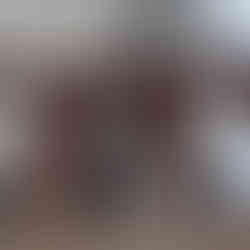




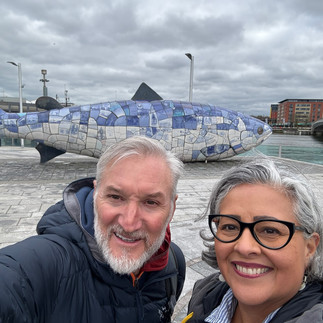



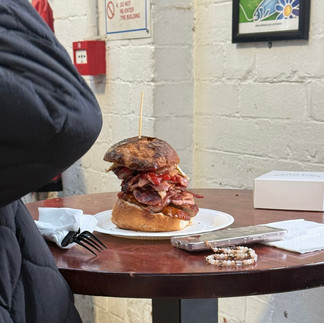




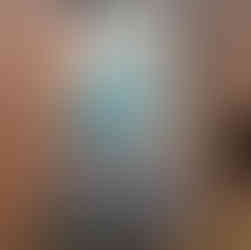





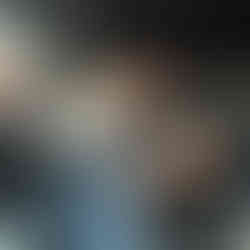


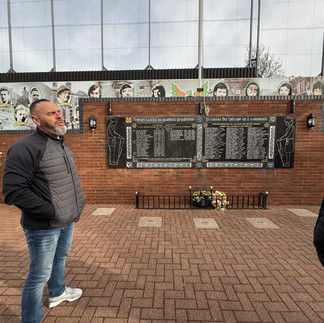
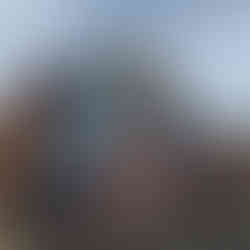


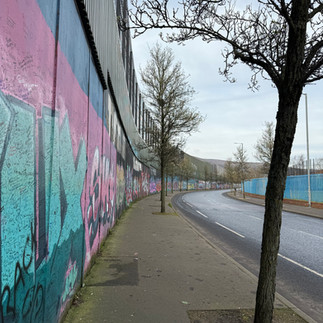


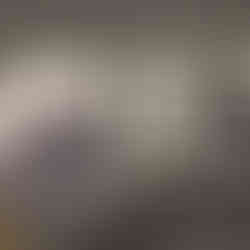


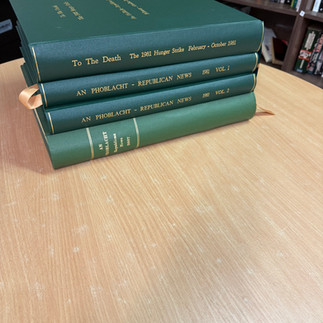



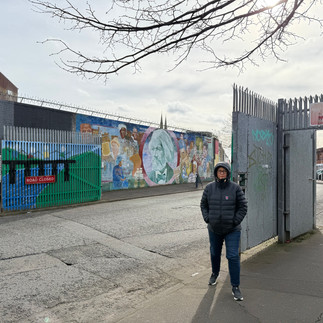

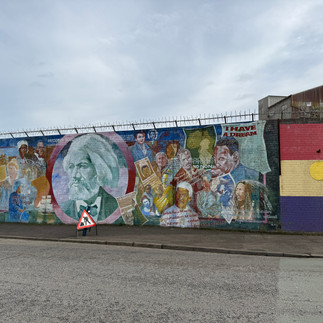







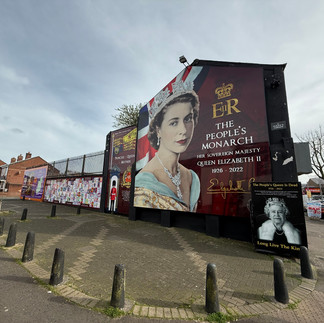


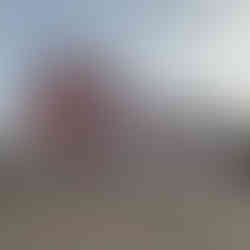












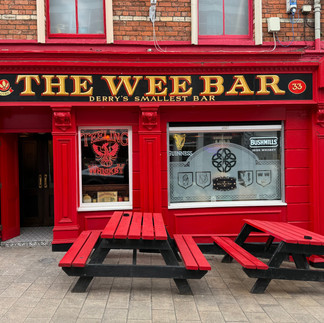



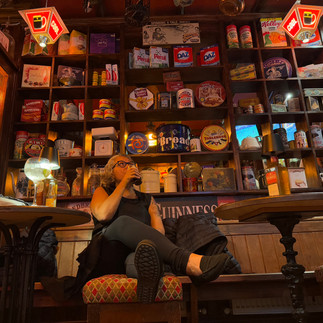






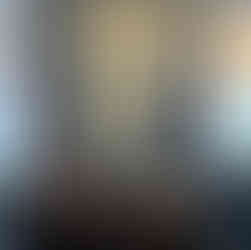

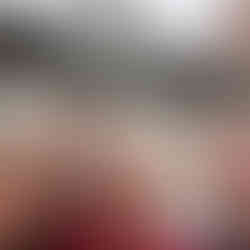

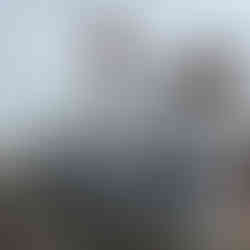


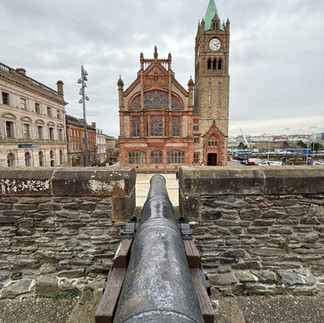
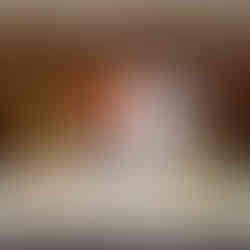


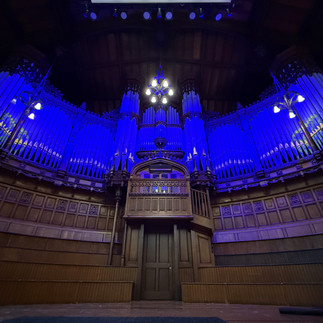







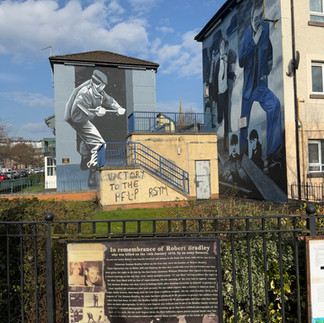
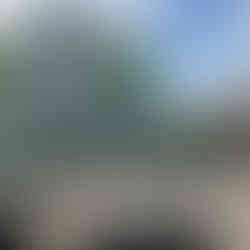




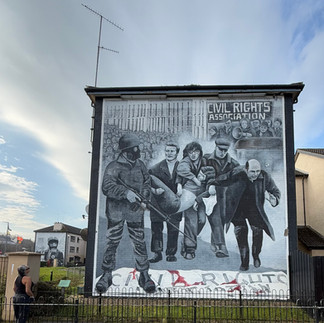

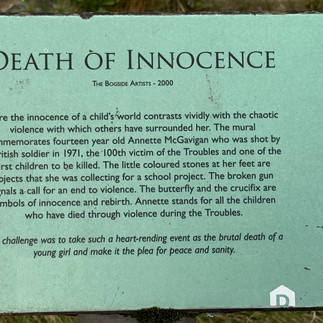





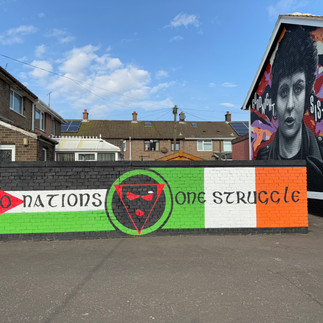


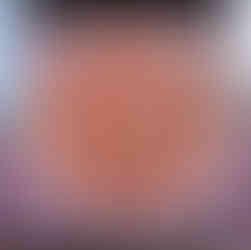


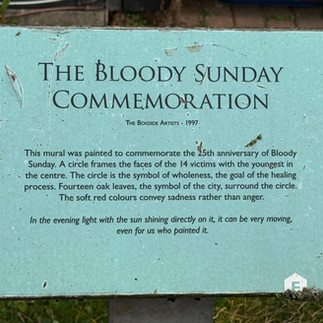
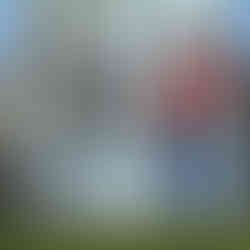






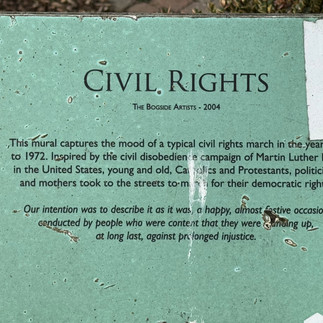
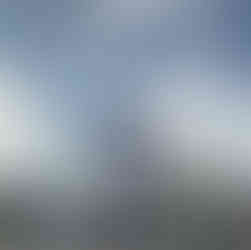














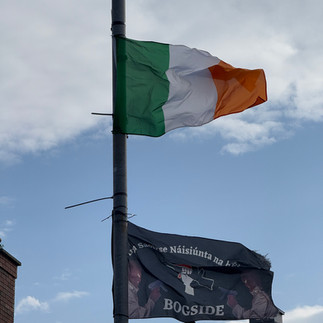









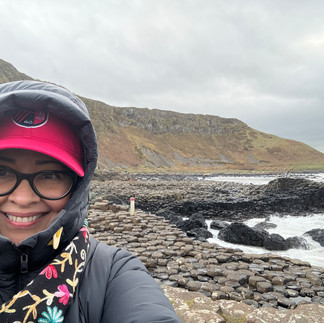

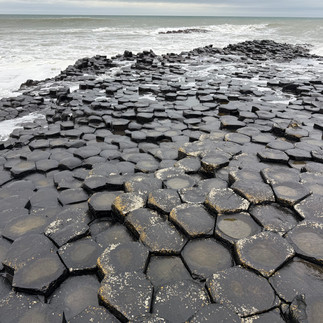

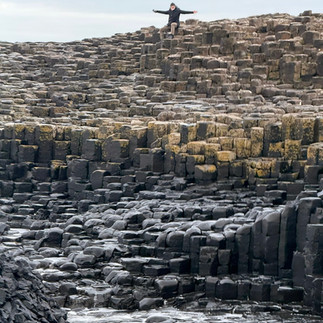



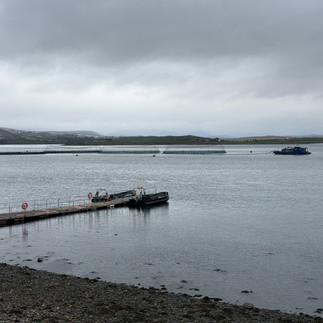
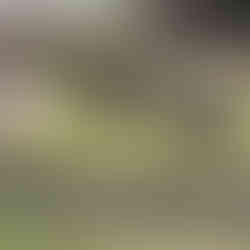


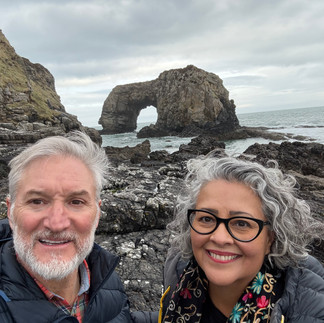
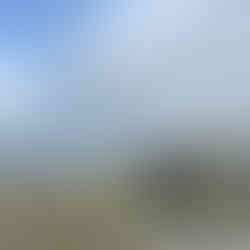



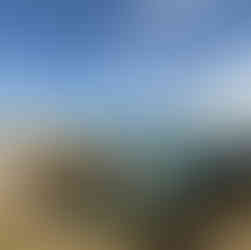



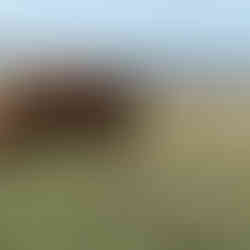

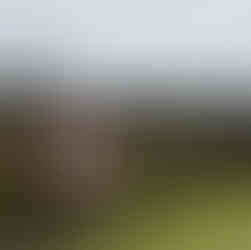



Comments